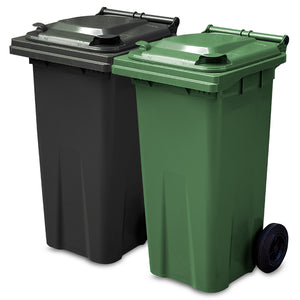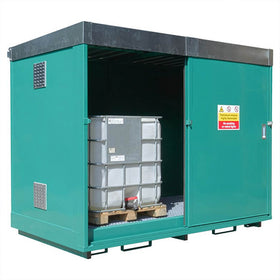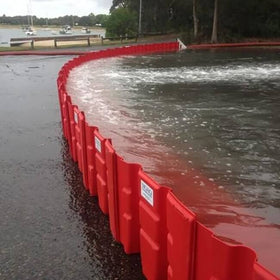A summary of the oil spill in the Gulf of Mexico (Part 2)
This article continues our summary of the recent oil spill in the Gulf of Mexico.
5th May
The oil leak from the end of the drilling pipe is stopped. The main leak is still causing concern. BP lowers a huge spill containment dome over the site three days later on 8th May. However this fails due to frozen hydrates.
16th May
A remote tube is placed in the leaking riser pipe to funnel oil and gas to an oil tanker on the surface.
26th May
A top kill method is used to try to stop leak from the blowout preventer. The method uses mud and clay which is pumped into the device. If enough can be pumped into the preventer it should stop the oil. In a last ditch effort a ‘junk shot’ of rubber, and rope is pumped into the preventer with the mud and clay to block the flow.
29th May
The top kill method fails and oil continues to flow into the Gulf of Mexico.
2nd June
The next method to try to stop the leak involves cutting the damaged riser pipe near the top of the blowout preventer. The saw temporarily sticks but is eventually set free. A new cap is lowered onto the top of the blowout preventer. It is success but is collecting less than half the estimated 50,000 barrels per day that is currently leaking.
The next few months
Over the next few months, BP hopes to use the manifold system that was used in the top kill plan to retrieve gas and oil from the blowout preventer. It is hoped that floating riser pipes can then be used as a more permanent solution to connect the preventer to the surface.




